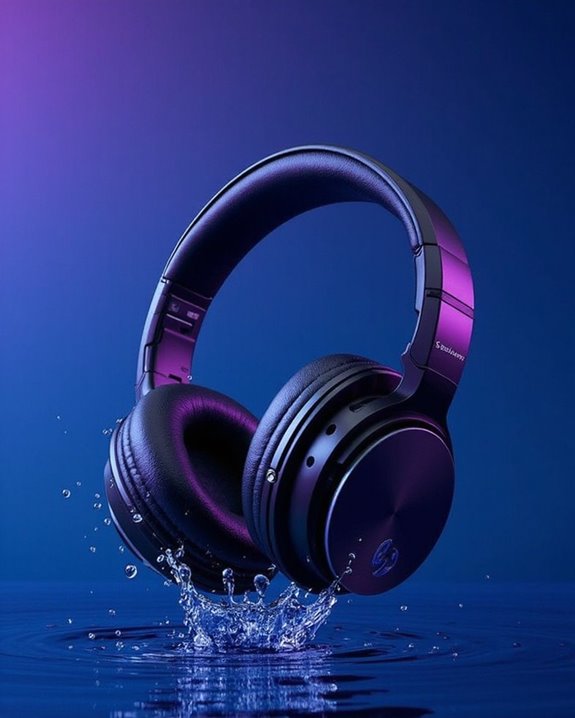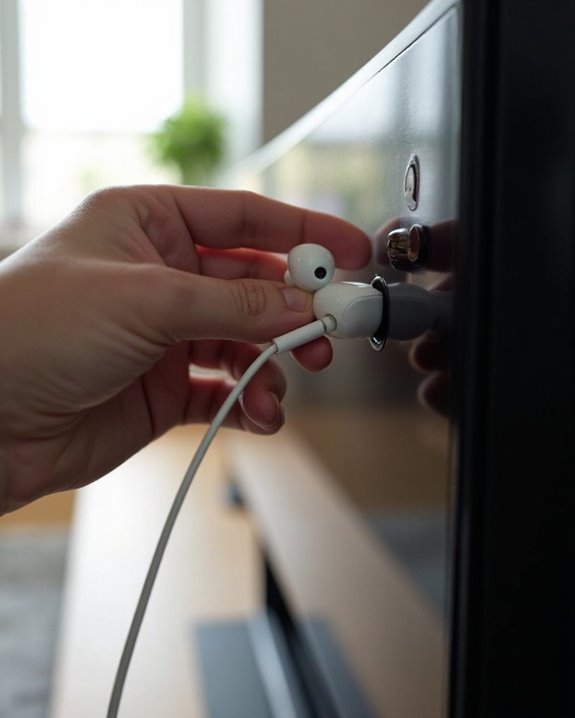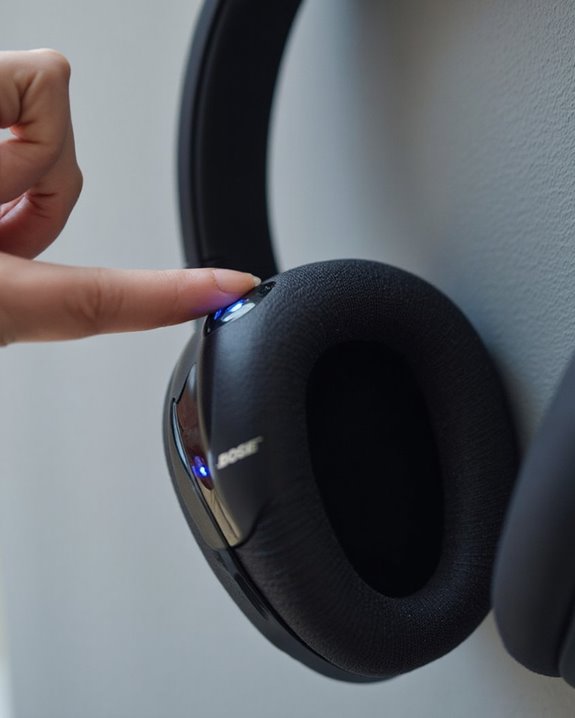Headphone jacks have become increasingly rare in modern televisions. Only 15-20% of new TV models in 2023 feature the traditional 3.5mm audio port, as manufacturers pivot toward wireless technologies and space-efficient designs. Major brands have largely eliminated these connections in favor of HDMI ARC, optical outputs, and Bluetooth connectivity. Consumers seeking wired headphone compatibility can still find options from select manufacturers or implement affordable adapter solutions that bridge the gap between new technology and existing audio equipment.
Key Takeaways
- Headphone jacks are increasingly rare in newest TV models from major manufacturers.
- Best Buy’s inventory shows a diminishing percentage of TVs with 3.5mm headphone connections.
- Brands like Emerson and Sylvox still offer models with headphone jacks as of recent years.
- The industry has shifted toward wireless technologies like Bluetooth and digital outputs like HDMI ARC.
- Affordable adapters (under $20) can convert optical or HDMI audio signals to work with standard headphones.
The Current State of Headphone Jacks in Modern TVs
The familiar 3.5mm headphone jack, once a standard feature on televisions, has become increasingly rare in modern TV designs. Recent Prevalence Data indicates that many manufacturers, including Roku TV makers and other major brands, have eliminated this connection option from their newest models.
Best Buy’s inventory still includes TVs with headphone jacks, though these represent a diminishing percentage of available options. In response to this trend, User Adoption of alternative audio solutions has accelerated, with consumers turning to digital optical (Toslink) ports, USB adapters, and Bluetooth connectivity.
This shift represents a significant change in television design philosophy, prioritizing wireless technologies and digital outputs over traditional analog connections. Manufacturers appear to be following the same trajectory that smartphone companies initiated years earlier, gradually phasing out what was once considered essential hardware.
Many modern wireless TV headphones now utilize Bluetooth 5.2/5.3 technology to deliver ultra-low latency audio and broad compatibility with various TV models.
Why Manufacturers Are Phasing Out Wired Audio Connections
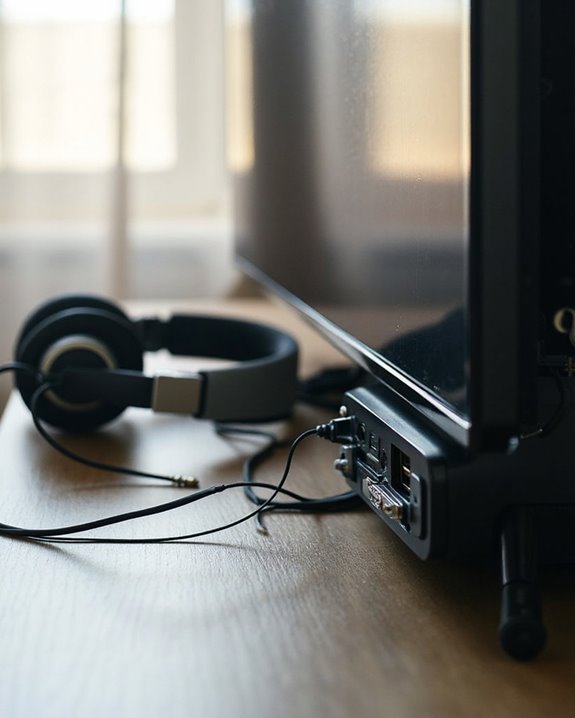
Why are manufacturers across the electronics industry systematically removing headphone jacks from televisions? The trend aligns with broader industry shifts toward Wireless Trends in consumer electronics. As Bluetooth technology advances with improved codecs and reduced latency, manufacturers can offer comparable audio quality without physical ports.
Space efficiency represents another key factor. Removing the 3.5mm jack creates room for larger speakers, thinner bezels, or additional processing components. The absence of these ports also delivers Environmental Benefits by enhancing device durability—fewer openings translate to better water and dust resistance.
Market research indicates consumers increasingly prefer wireless headphones for their convenience and freedom of movement. As manufacturing costs for wireless audio solutions decrease, the industry continues its natural progression toward fully digital, wireless entertainment experiences. Additionally, the integration of Bluetooth 5.0 connectivity in wireless devices ensures broad compatibility and improved user experience.
Alternative Audio Output Options on Today’s Televisions
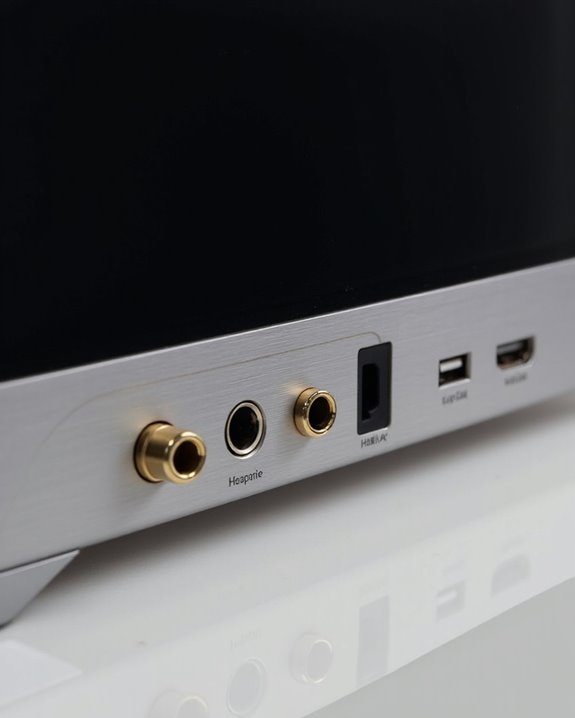
While headphone jacks disappear from modern televisions, manufacturers have developed numerous alternative audio output solutions to enhance user experience. Today’s TVs offer multiple connectivity options that provide superior sound quality and greater flexibility.
HDMI ARC stands out as the primary replacement, allowing audio transmission to soundbars and receivers through a single cable. For devices lacking HDMI capability, optical outputs deliver digital audio signals efficiently. Both options support various Surround Formats including Dolby Digital and DTS.
Wireless Systems have also gained prominence, with Bluetooth connectivity enabling direct streaming to headphones and speakers. Many TVs now integrate with whole-home wireless speaker systems, eliminating cable clutter entirely.
Multi-channel audio processing capabilities further enhance these options, with support for advanced formats like Dolby Atmos and DTS:X providing immersive sound experiences. Additionally, modern wireless headsets equipped with AI noise-cancellation technology can block up to 99.9% of background noise, offering crystal-clear audio for viewers.
Finding TVs That Still Offer Headphone Jacks

Despite their decreasing prevalence in modern television designs, headphone jacks remain available for consumers who prioritize this convenient audio output option. Several retailers, including Best Buy and Walmart, maintain inventories of TVs with traditional 3.5mm audio ports.
When shopping for these models, online filtering tools prove invaluable for narrowing search results to include only TVs with headphone jacks. Brands such as Emerson and Sylvox consistently offer portable televisions with these connections, while some models from larger manufacturers may include them as well.
Review scanning provides vital insights into the quality and performance of headphone outputs on specific TV models. Shoppers should carefully check product specifications, as headphone jacks are frequently omitted from marketing highlights despite their practical importance to many users.
Adapters and Workarounds for TVs Without Audio Jacks
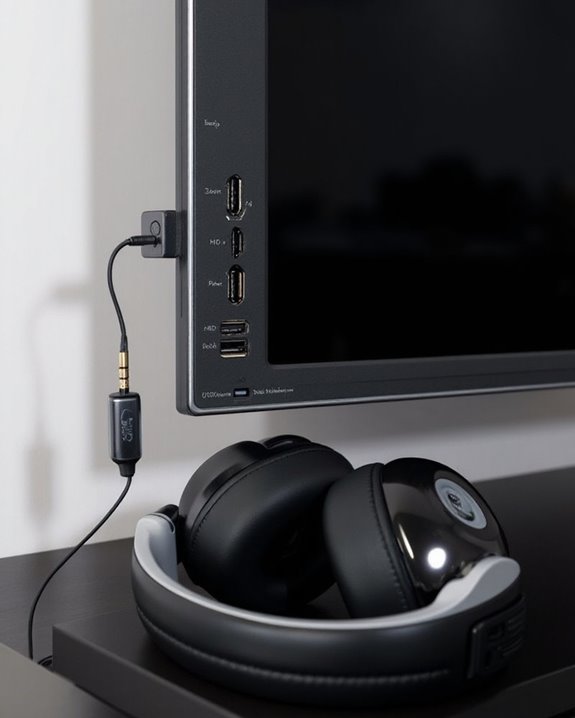
For viewers lamenting the disappearance of headphone jacks on modern televisions, numerous adapter solutions and workarounds exist to restore this functionality. Digital-to-analog converters can transform optical or coaxial audio signals into standard 3.5mm headphone connections, typically using Toslink cables to bridge the gap.
Adapter costs remain reasonable, with most digital converters priced under $20 across various online retailers. However, compatibility issues may arise depending on your television’s specific output options. Before purchasing, confirm whether your TV offers optical, coaxial, HDMI, or USB audio outputs.
Alternative solutions include connecting through external audio devices such as soundbars or AV receivers, which often include dedicated headphone ports. Bluetooth adapters offer another wireless option, converting standard audio signals for use with wireless headphones without requiring direct physical connections.
Wireless Headphone Solutions for Modern Viewing
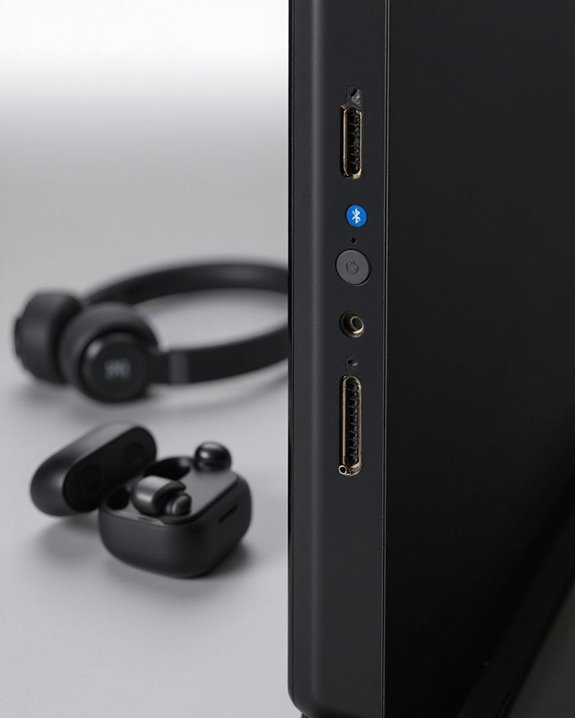
Wireless headphone technology has largely replaced the need for traditional audio jacks on modern televisions, offering greater flexibility and convenience for viewers. Today’s market features numerous options with sophisticated Wireless Integration capabilities, from RF-based models like the Sennheiser RS 195 that minimize latency to Bluetooth-enabled headsets like the Sony WH-1000XM5.
When selecting wireless headphones for TV viewing, consumers should consider key factors beyond sound quality: Battery Longevity, connectivity type, and latency specifications. RF systems typically provide more reliable connections with less audio delay than Bluetooth alternatives. Models featuring specialized docking stations often deliver superior performance for dedicated TV use, while multi-device compatibility allows seamless switching between television and mobile devices without reconfiguring settings.
Is a Headphone Jack Important for Your TV Purchase?

When considering a new television purchase, the humble headphone jack often gets overlooked amid discussions of resolution, smart features, and connectivity options. However, for approximately 30% of users, this simple port remains essential for several practical reasons.
A headphone jack provides superior noise isolation during private viewing sessions without disturbing household members, particularly valuable for late-night viewing. The direct connection eliminates the audio lag common with Bluetooth alternatives, ensuring perfect synchronization during gaming or live sports.
Cost savings represent another significant advantage, as users can connect existing wired headphones without purchasing expensive wireless options or adapters. This universal port also offers compatibility with specialized audio equipment and accessibility tools for hearing-impaired viewers.
For households with multiple viewers or those prioritizing audio fidelity, the headphone jack continues to deliver practical value despite wireless alternatives.
Frequently Asked Questions
Do Headphone Adapters Affect Audio Quality From TVS?
Headphone adapters can introduce adapter distortion, potentially degrading audio quality from TVs. A quality comparison reveals that premium adapters minimize signal loss, while cheaper options may add resistance and noise to the audio signal.
Can I Use Gaming Headsets With TV Headphone Jacks?
Gaming headsets can connect to TV headphone jacks for basic audio, but mic support typically requires separate connections. Users may experience latency issues compared to dedicated wireless TV headphones or direct console connections.
How Long Do TV Wireless Headphone Batteries Typically Last?
Like clockwork companions for your TV viewing, wireless headphone batteries typically offer 8-20 hours of listening pleasure. Battery lifespan varies by model, with most utilizing convenient USB charging methods for quick power restoration.
Are Soundbars Compatible With TV Headphone Outputs?
Soundbars typically aren’t compatible with TV headphone outputs. They connect through dedicated Soundbar Ports like HDMI ARC or optical. Audio Routing in modern TVs sends signals to soundbars and headphones through separate pathways rather than sharing connections.
Can Multiple Wireless Headphones Connect to One TV Simultaneously?
Wireless headphone users envision seamless shared viewing. Most TVs only support one Bluetooth connection at a time. For multiple simultaneous connections, specialized transmitters or dedicated RF systems are needed. Interference factors include device compatibility and signal range.


